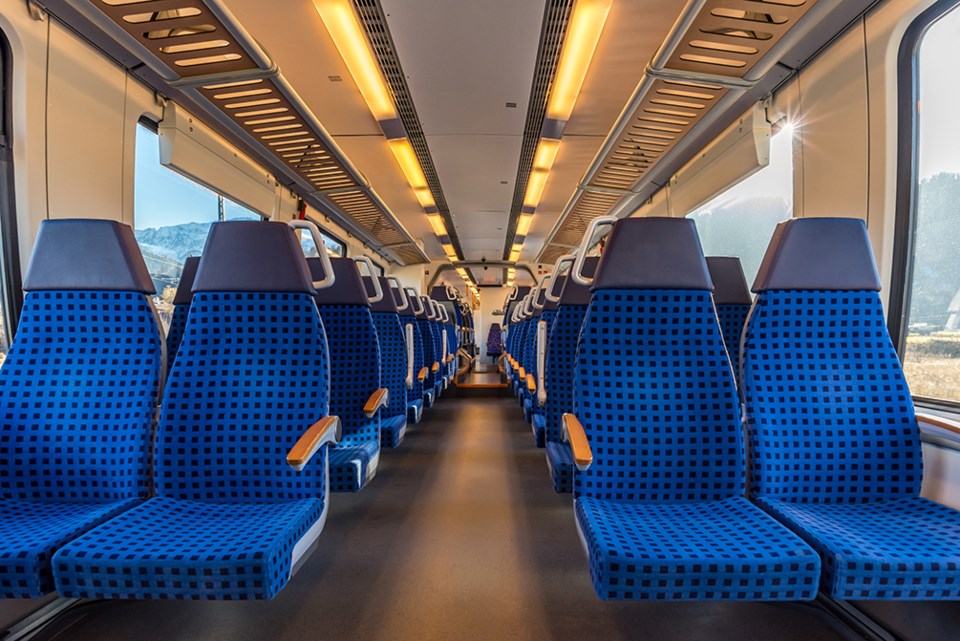Virginia Railway Express (VRE) is making some post-COVID headway. But, from a financial point of view, the transit system has a long road to travel if it hopes to claw back to pre-pandemic levels.
The transit agency had recouped a mere 15 percent of operating costs through fares for the first 10 months of 2023, according to figures reported Jan. 3 to the Northern Virginia Transportation Commission.
That’s up several points from a where things stood a year before, but a huge gap remains from pre-COVID performance.
In late 2019, before the pandemic hit, fares paid by riders accounted for 55 percent of operating costs, slightly above the benchmark set by the regional bodies that oversee VRE’s operations.
There are virtually no public-transit systems in the nation that come close to recouping costs from passenger fares; any shortfall is made up by taxpayers at the local, state and federal levels.
The reason for VRE’s ongoing ravine between costs on one side and passenger revenue on the other comes into focus when looking the trajectory of ridership counts. In late 2019, nearly three-quarters of available train seats were filled; in the October 2023 figures, it was just 11 percent.
VRE connects the outer suburbs to Alexandria, Arlington and the District of Columbia with inbound service on weekday mornings and outbound service in the afternoons. Officials with the transit agency are hoping to introduce Saturday service sometime this year, saying they can absorb the costs without any additional budget gaps.



